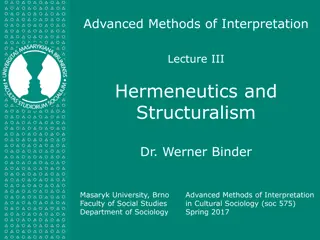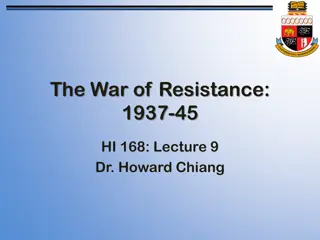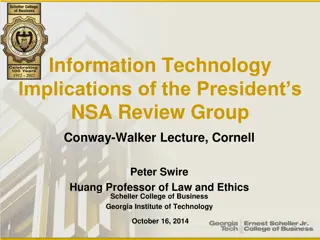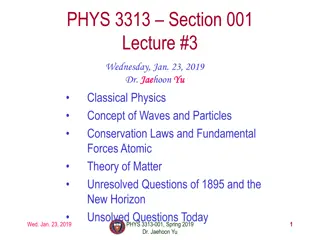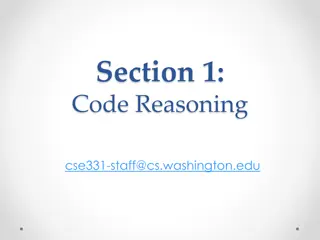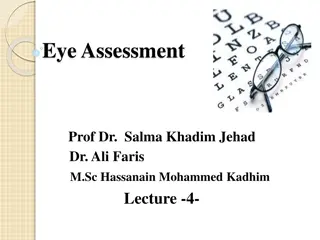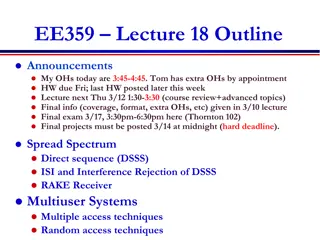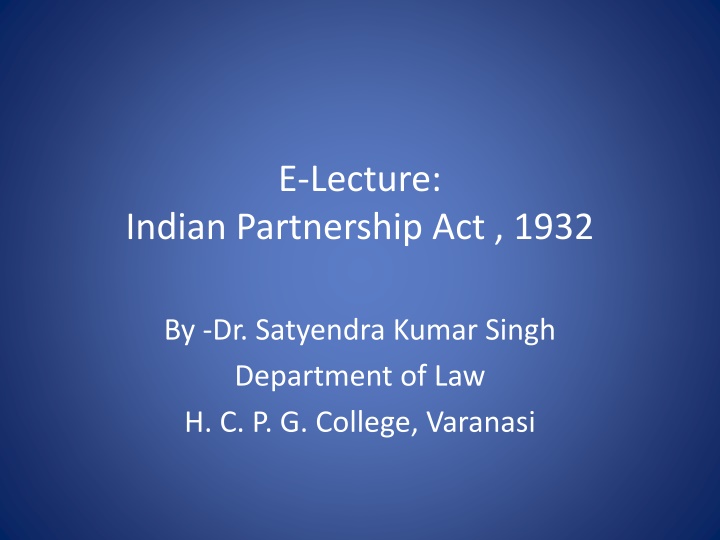
Understanding the Indian Partnership Act of 1932
Delve into the Indian Partnership Act of 1932, which formalized the law of partnership in India. Learn about the definition of partnership, essential elements, agreement, carrying on of business, sharing of profits, and mutual agency as per the provisions of this Act.
Download Presentation

Please find below an Image/Link to download the presentation.
The content on the website is provided AS IS for your information and personal use only. It may not be sold, licensed, or shared on other websites without obtaining consent from the author. If you encounter any issues during the download, it is possible that the publisher has removed the file from their server.
You are allowed to download the files provided on this website for personal or commercial use, subject to the condition that they are used lawfully. All files are the property of their respective owners.
The content on the website is provided AS IS for your information and personal use only. It may not be sold, licensed, or shared on other websites without obtaining consent from the author.
E N D
Presentation Transcript
E-Lecture: Indian Partnership Act , 1932 By -Dr. Satyendra Kumar Singh Department of Law H. C. P. G. College, Varanasi
Indian Partnership Act The Partnership Act was passed in the year 1932. Before this Act was passed, the law of partnership was to be found in a chapter of a Contract Act, 1872.
Definition of Partnership Partnership is the relation between persons who have agreed to share the profit of a business carried on by all or any of them acting for all. [Section-4]
Essential Elements of Partnership 1. That is the result of contract . 2. That it is organised to carry on business. 3. The motive for the creation of partnership should be earning and sharing profits. 4. The business should be carried on by all of them or any of them acting for all i.e. in mutual agency.
Agreement Partnership arises from an agreement between two or more persons for the creation of this relation. Agreement here means a contract. Sec.5 declares that the relation of partnership arises from contract, not by status. It is one of those elements which clearly display the distinction between partnership and the other business relations, like joint family carrying on business, which do not arise by agreement, but are the result of status, operation of law, succession or inheritance .
Carrying on of Business The term business has been defined to include every trade, occupation and profession. [Section 2(b)] Business should be lawful Carrying of a business involves a series of transactions. Merely a single isolated transaction of purchase and sale by number of persons does not mean carrying on of the business.
Sharing of Profits The object of partnership must be to carry on business for the sake of profit and to share the same. Although sharing of profits is one of the essential element of every partnership but every person who shares the profit needs not always be partner. ( Explanation 1 of Section- 6) In determining whether a group of persons is or is not a firm, or whether a person is or is not a partner in a firm, regard shall be had to the real relation between the parties, as shown by all relevant facts together .(Section-6)
Mutual Agency The use of expression a business carried on by all or any of them acting for all in Sec.4 emphasis the concept of mutual agency. If two persons are carrying on a business together in circumstances which show that either is the authorised agent of the other for business purposes, they become mutual agents, i.e., principals and agents towards each other at the same time. Important case Cox vs. Hickman (1860) 8 HLC 268.








